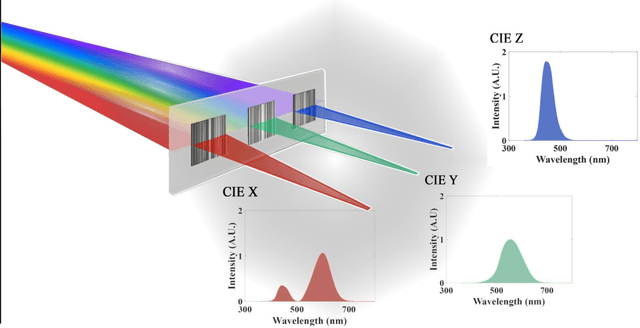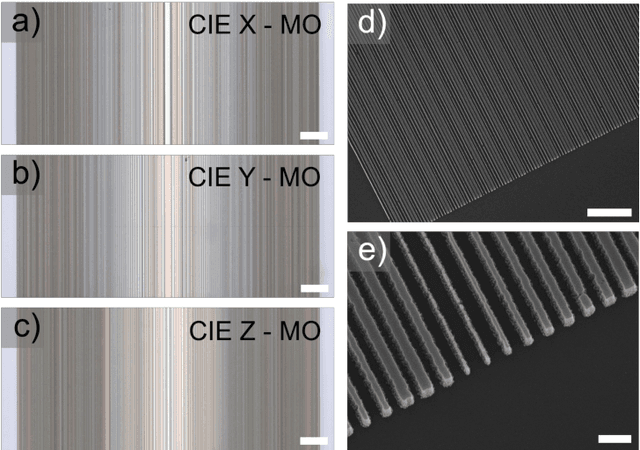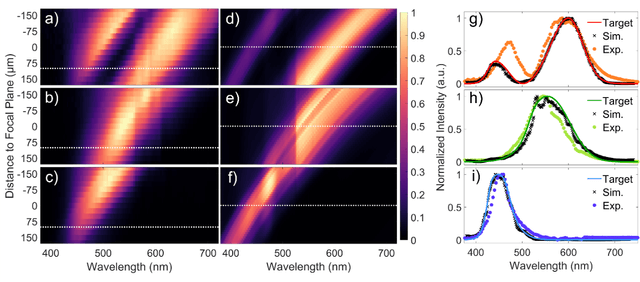Quentin A. A. Tanguy
Photonic Advantage of Optical Encoders
May 02, 2023Abstract:Light's ability to perform massive linear operations parallelly has recently inspired numerous demonstrations of optics-assisted artificial neural networks (ANN). However, a clear advantage of optics over purely digital ANN in a system-level has not yet been established. While linear operations can indeed be optically performed very efficiently, the lack of nonlinearity and signal regeneration require high-power, low-latency signal transduction between optics and electronics. Additionally, a large power is needed for the lasers and photodetectors, which are often neglected in the calculation of energy consumption. Here, instead of mapping traditional digital operations to optics, we co-optimized a hybrid optical-digital ANN, that operates on incoherent light, and thus amenable to operations under ambient light. Keeping the latency and power constant between purely digital ANN and hybrid optical-digital ANN, we identified a low-power/ latency regime, where an optical encoder provides higher classification accuracy than a purely digital ANN. However, in that regime, the overall classification accuracy is lower than what is achievable with higher power and latency. Our results indicate that optics can be advantageous over digital ANN in applications, where the overall performance of the ANN can be relaxed to prioritize lower power and latency.
Inverse-Designed Meta-Optics with Spectral-Spatial Engineered Response to Mimic Color Perception
Apr 28, 2022



Abstract:Meta-optics have rapidly become a major research field within the optics and photonics community, strongly driven by the seemingly limitless opportunities made possible by controlling optical wavefronts through interaction with arrays of sub-wavelength scatterers. As more and more modalities are explored, the design strategies to achieve desired functionalities become increasingly demanding, necessitating more advanced design techniques. Herein, the inverse-design approach is utilized to create a set of single-layer meta-optics that simultaneously focus light and shape the spectra of focused light without using any filters. Thus, both spatial and spectral properties of the meta-optics are optimized, resulting in spectra that mimic the color matching functions of the CIE 1931 XYZ color space, which links the distributions of wavelengths in light and the color perception of a human eye. Experimental demonstrations of these meta-optics show qualitative agreement with the theoretical predictions and help elucidate the focusing mechanism of these devices.
 Add to Chrome
Add to Chrome Add to Firefox
Add to Firefox Add to Edge
Add to Edge